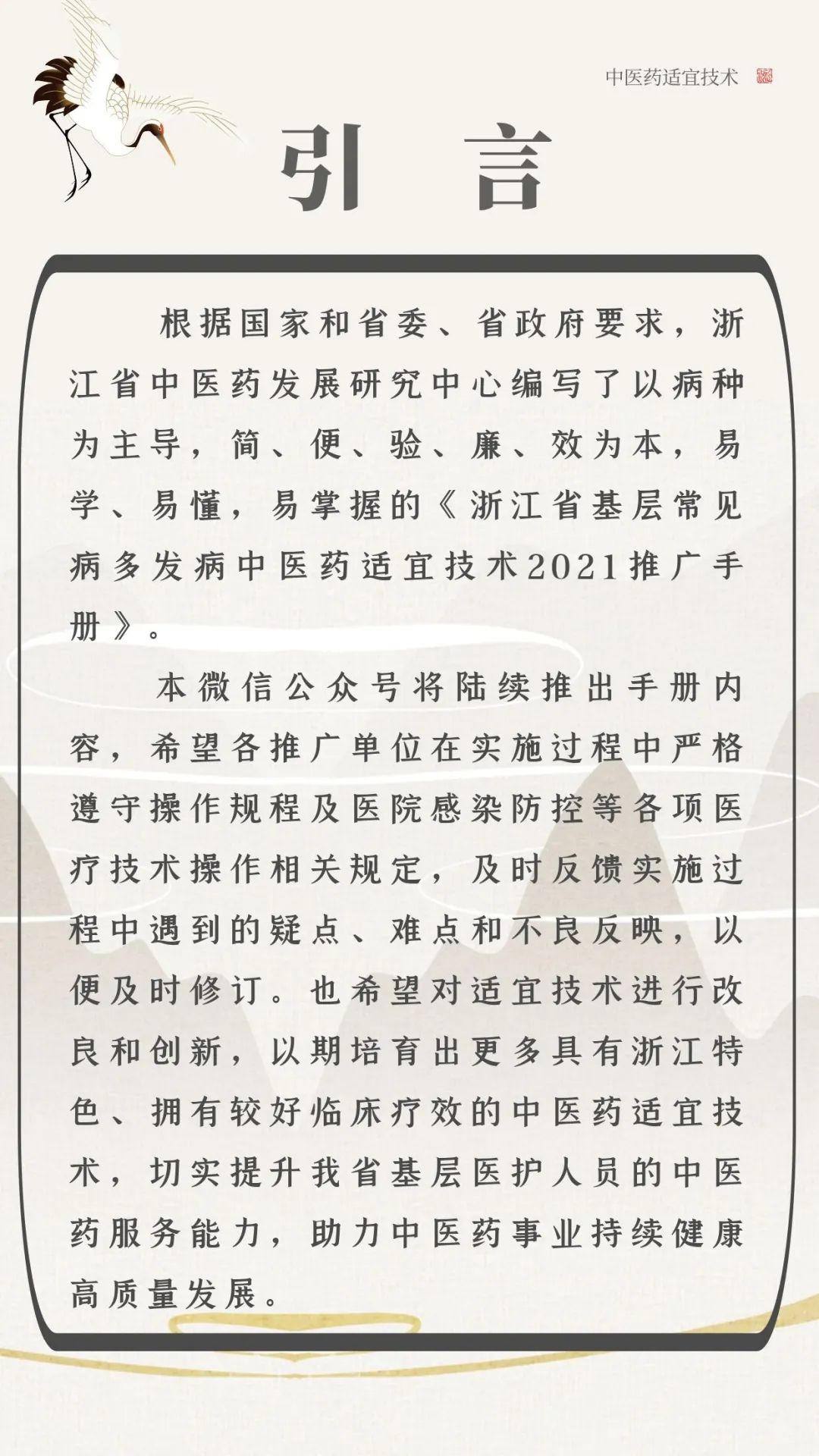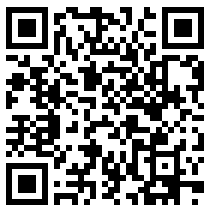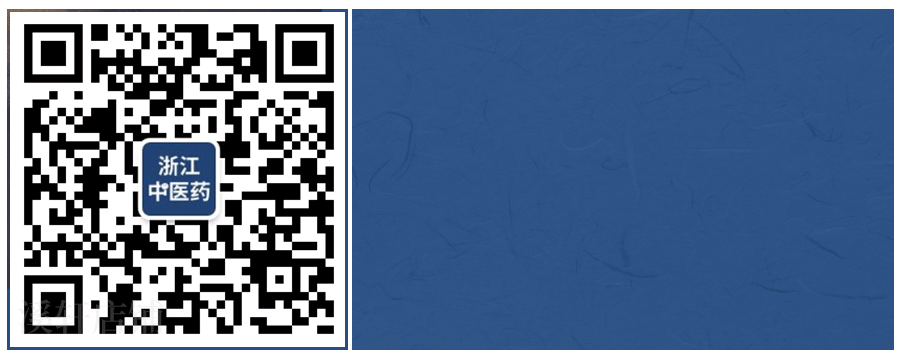

Cupping Therapy Techniques for Cervicogenic Headache
Hangzhou Traditional Chinese Medicine Hospital Bao Yehua
Introduction
This technique originates from the acupuncture rehabilitation department of Hangzhou Traditional Chinese Medicine Hospital, led by Director Bao Yehua. In 2020, he initiated a project under the Zhejiang Provincial Traditional Chinese Medicine Science and Technology Plan titled “Clinical Efficacy Observation of Umbilical Acupuncture for Cervicogenic Headache,” which has led to in-depth research on cervicogenic headache. Based on previous studies of this condition, we integrate traditional meridian and muscle theory with modern muscle and fascia theory, applying cupping therapy to treat cervicogenic headache.
Brief Overview of the Disease
Cervicogenic headache refers to a group of syndromes characterized by chronic head pain caused by organic or functional damage to the cervical spine or soft tissues in the neck. It is common in middle-aged individuals, particularly women, with an incidence rate of 70% to 91% among headache sufferers. Current treatments include modern medical therapies such as medication, nerve blocks, injections, and percutaneous radiofrequency, as well as traditional Chinese medicine therapies.
Brief Overview of the Technique
Cupping, also known as sliding cupping or pulling cupping, is one of the traditional Chinese medicine therapies widely used in the treatment and clinical research of cervicogenic headache. Cupping therapy involves the direct stimulation of external forces to promote the flow of qi and blood, increase local tissue temperature, release adhesions, and promote cellular metabolism or muscle relaxation from spasms, thereby achieving the principle of “where there is flow, there is no pain,” making it an effective method for treating cervicogenic headache.
Qualifications of the Operator
Specialist Physician
Diagnostic Criteria
I. Western Medicine Standards
Adopt the diagnostic criteria for cervicogenic headache established by the International Headache Society (IHS) in 2004.
(1) Pain originates from the cervical spine, and there is pain in one or more areas of the head (including the occipital, vertex, frontal, and temporal regions) and/or the face, meeting criteria (3) and (4);
(2) Clinical, laboratory, and/or imaging evidence supports that cervical spine or soft tissue diseases are the cause of the headache; (3) Evidence supporting that the pain originates from cervical diseases or injuries meets at least one of the following conditions: ① Clinical symptoms suggest the lesion causing pain is in the neck; ② Diagnostic blocks (cervical structures or nerve roots) yield positive results.
(4) Pain relief occurs within three months after successful treatment of the painful cause.
II. Traditional Chinese Medicine Standards
Refer to the “Standards for Diagnosis and Efficacy of Traditional Chinese Medicine Diseases” (1994 edition) (ZY/T001.1-94) established by the National Administration of Traditional Chinese Medicine regarding “headache” and “stiff neck disease”:
1. Diagnostic criteria for headache:
(1) Headache is often located on one side of the head, in the temporal, frontal, or vertex regions, or may present as a generalized headache. The nature of the pain is often throbbing, stabbing, distending, dull, or splitting. Each episode can last from minutes to hours, days, or even weeks.
(2) The onset is insidious, gradually worsening or recurring.
(3) Blood routine tests, blood pressure measurements, and if necessary, lumbar puncture, bone puncture, and electroencephalograms should be performed. If conditions allow, transcranial Doppler, CT, and MRI should be conducted to clarify the cause of the headache and exclude organic diseases.
2. Diagnostic criteria for stiff neck disease:
(1) A history of chronic strain or injury, or congenital deformities or degenerative changes in the cervical spine.
(2) Common in individuals over 40 years old, especially those who work with their heads down for long periods, or those who habitually watch TV, drive, or use the internet for extended periods, often presenting as a chronic condition.
(3) Pain in the neck, shoulders, and back, with stiffness in the neck and numbness in the upper limbs.
(4) Limited neck mobility, tenderness over the spinous processes of the affected cervical vertebrae, and the upper inner angle of the scapula, with palpable cord-like nodules, possible weakness or atrophy of the upper limb muscles, positive brachial plexus stretch test, positive foraminal compression test, and positive pressure test.
(5) X-ray images show hypertrophy of the uncovertebral joints, with possible lateral deviation of the odontoid process in the open-mouth view, and lateral images may show straightening of cervical curvature, narrowing of intervertebral spaces, and bone hyperplasia or ligament calcification. Oblique views may show foraminal narrowing, and hyperextension or flexion views may show vertebral instability; CT and/or MRI may indicate cervical disc bulging/protrusion, edema of cervical nerve roots and/or root sleeves, and inflammation of cervical myofascia. Both “headache” and “stiff neck disease” must be present.
Indications
Cervicogenic headache patients.
Contraindications
(1) Accompanied by acute severe diseases, chronic systemic debilitating diseases, and contact infectious diseases.
(2) Accompanied by severe heart disease or heart failure.
(3) Accompanied by bleeding disorders such as thrombocytopenic purpura, leukemia, and hemophilia.
(4) Accompanied by acute traumatic fractures or severe edema.
(5) Accompanied by schizophrenia, convulsions, high anxiety, or non-cooperative patients.
(6) Severe skin allergies, infectious skin diseases, and skin tumors (masses) or ulcerated skin areas.
(7) During periods of mental stress, fatigue, after alcohol consumption, or when excessively hungry, full, or thirsty.
(8) Accompanied by lymphadenitis or active pulmonary tuberculosis.
(9) Infants and young children.
Technical Operation Methods
I. Equipment
Lubricant: Vaseline or moisturizing cream is preferred, but water or medicinal liquid can also be used.
Cupping: Select size 2 or 3 glass cups based on the patient’s constitution and body shape.
Lighter, hemostatic forceps (straight forceps), and cotton balls soaked in 95% alcohol.
Sanitary paper.
Moist burn ointment.
II. Operation Steps
1. Preoperative Preparation
(1) Carefully examine the patient to confirm the clinical diagnosis and determine the cupping method based on the condition (avoid if contraindications are present).
(2) Check that the lubricants and equipment are complete and usable, and clean them one by one, arranging them in order.
(3) The patient must rest for half an hour before the procedure to eliminate fatigue and tension. Treatment should not be performed within half an hour after meals or when the patient is hungry. Smoking and drinking should be prohibited within half an hour before the procedure to avoid fainting during cupping. Explain the procedure to the patient to alleviate their fears and enhance their confidence in treatment.
2. Patient Positioning
The patient should be in a prone or sitting position, fully exposing the neck, shoulders, and upper back.
3. Selection and Preparation of Cupping Equipment
Select size 2 or 3 glass cups based on the patient’s constitution and body shape.
and
Key Technical Steps
Treatment Duration and Course
Evenly apply lubricant to the neck, shoulders, and upper back, then attach the cups to the skin and move them (lifting the cup slightly at the front, applying pressure at the back, moving at varying speeds depending on the condition, patient tolerance, and treatment needs). First, slide the cup along the line from the mastoid to the shoulder, following the arc connecting Fengchi (GB20) and Jianjing (GB21) for 3 to 6 times, then switch to Tianzhu (BL10) and slide down along the midline of the neck for 3 to 6 times, and finally move from Fengfu (DU16) to Dazhui (DU14) for 3 to 6 times until red-purple or purple ecchymosis appears.
Treatment Duration and Course
Each treatment lasts about 10 minutes, twice a week, with a 3-day interval, for a total of 5 weeks and 10 sessions.
Precautions
(1) When using fire cupping, care should be taken to avoid burning or scalding the skin. When cupping, ensure that the cotton ball soaked in alcohol is not too wet, and do not hold it at the cup opening to prevent burns; therefore, burn ointment should be prepared.
(2) Prepare medications and equipment for unexpected situations such as fainting: e.g., sugar water, blood pressure monitor.
(3) Prepare extra cups to replace them promptly when the cup opening is heated. In winter or during late autumn and early spring, to avoid cold sensations, preheat the cups before cupping, but do not heat the openings to prevent burns. The cups should be warm, equal to or slightly higher than body temperature.
(4) Choose cups with smooth openings, free from damage or cracks.
(5) Prepare sanitary paper to wipe off the lubricant.
Possible Accidental Situations and Handling Plans
(1) Burns or blisters from cupping: If a burn occurs or blisters form from prolonged cupping, small blisters do not require treatment, just cover with disinfected gauze to prevent rupture; for larger blisters, use a disinfected needle to release the fluid, apply burn ointment, or cover with disinfected gauze to prevent infection.
(2) If the patient faints during cupping: immediately stop the treatment, remove the cups, and lay the patient flat, ensuring warmth. For mild cases, let them lie on their back for a moment and provide warm water or sugar water to restore normalcy. For severe cases, in addition to the above measures, acupuncture points such as Renzhong (DU26), Suli (PC8), Neiguan (PC6), and Zusanli (ST36) can be stimulated, and moxibustion can be applied to Baihui (DU20), Guanyuan (REN4), and Qihai (REN6) to restore consciousness. If the patient remains unresponsive, with weak breathing and pulse, consider additional treatments or emergency measures.
Adverse Reactions/Events:
Fainting during cupping: Causes include weak constitution, mental stress, fatigue, hunger, excessive sweating, diarrhea, or blood loss, or improper positioning, or excessive pressure during cupping.
Symptoms: The patient suddenly appears fatigued, dizzy, pale, nauseous, sweaty, anxious, with cold extremities, low blood pressure, a weak pulse, or altered consciousness, possibly collapsing, with cyanosis of lips and nails, incontinence, and a faint pulse.
Immediately stop treatment, remove the cups, lay the patient flat, ensure warmth, and for mild cases, let them lie on their back for a moment and provide warm water or sugar water to restore normalcy. For severe cases, in addition to the above measures, acupuncture points such as Renzhong (DU26), Suli (PC8), Neiguan (PC6), and Zusanli (ST36) can be stimulated, and moxibustion can be applied to Baihui (DU20), Guanyuan (REN4), and Qihai (REN6) to restore consciousness. If the patient remains unresponsive, with weak breathing and pulse, consider additional treatments or emergency measures.
Case Example
Patient, male, 35 years old, administrative staff.
Initial consultation date: July 2020. The patient appeared tense.
Chief Complaint: Recurrent left temporal headache for over 2 weeks, worsening for 5 days.
Present Illness History: The patient experienced dull pain on the left temporal region while working 2 weeks ago, with no dizziness, visual disturbances, nausea, or vomiting. The pain gradually alleviated after resting. The headache recurred three times while working, and the patient self-treated with rest and local massage, not taking it seriously. Five days ago, after working overtime, the patient experienced persistent throbbing pain on the left temporal region, accompanied by neck stiffness, without dizziness, nausea, tinnitus, or limb numbness. He visited a hospital where MRI of the head showed no abnormalities, but CT of the cervical spine revealed a herniated disc at C4-5. After taking non-steroidal anti-inflammatory drugs, there was slight relief, but symptoms recurred after stopping the medication, with a VAS score of 5.
Specialist Examination: Cervical curvature was straightened, slight limitation in forward flexion, tenderness in the suboccipital muscle group (++), tenderness over the spinous processes of C3-4-5, and the left upper inner angle of the scapula (+). No weakness or atrophy of upper limb muscles, negative brachial plexus stretch test, negative foraminal compression test, and negative pressure test.
Auxiliary Examination: MRI of the head showed no abnormalities, and CT of the cervical spine revealed posterior protrusion of the C4-5 disc.
Diagnosis: Cervicogenic headache.
Treatment and Outcome: The “Cupping Therapy Techniques for Cervicogenic Headache” were applied, focusing on the area from the left mastoid to the shoulder, following the arc connecting Fengchi (GB20) and Jianjing (GB21), and sliding down from Tianzhu (BL10) along the midline of the neck. After one treatment, the headache was alleviated, with a VAS score of 3. Treatment was performed every other day for a total of 3 sessions, resulting in complete resolution of symptoms, with a VAS score of 0. Follow-up after one year showed no recurrence.
Comment: This case presented with headache, excluding other internal diseases, considering the patient’s long hours of desk work leading to tension in the suboccipital muscle group and tension in the left temporal fascia, corresponding to the Shaoyang meridian. The patient found temporary relief with pain medication, but it did not address the root cause, leading to recurrence. Future education for the patient on proper sitting posture is necessary to prevent tension in the suboccipital muscle group. The “Cupping Therapy Techniques for Cervicogenic Headache” demonstrate significant effects in promoting meridian flow and relieving pain, with low technical difficulty, rapid results, no side effects, and thorough treatment without sequelae.
Operation Video

The video material was designed and produced by the technique holder, and the intellectual property belongs to the technique holder.

Give me a thumbs up if you like it!

